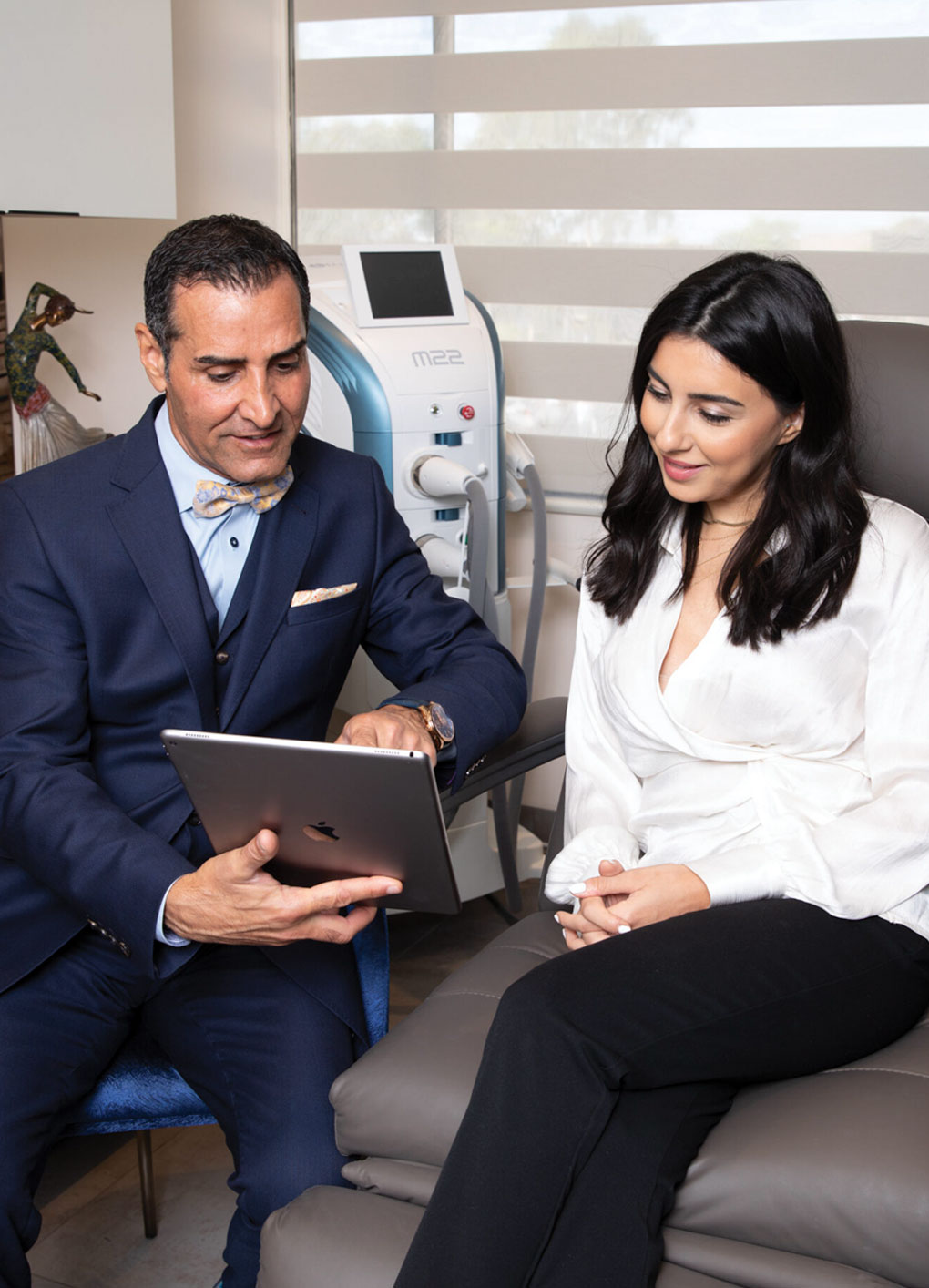Avoiding Bad Scars in Face Lift Surgery
 When performing facial plastic surgery, the surgeon must be able to provide the desired results while maintaining a natural unoperated appearance. This of primary consideration especially in face lift surgeries, and begins and ends with the design and planning of the incisions. Over the past decades many different techniques have been described and proposed.
When performing facial plastic surgery, the surgeon must be able to provide the desired results while maintaining a natural unoperated appearance. This of primary consideration especially in face lift surgeries, and begins and ends with the design and planning of the incisions. Over the past decades many different techniques have been described and proposed.
The design of the incision and the extent of undermining will vary depending on the facial contour, degree of skin laxity, and advancement the plastic surgeon desires for the needs of the patient. To obtain a natural result the surgeon must avoid hair loss or readjustment of the hair line, changes in normal anatomical structures and obvious placement of incisions. These sequelae are commonly seen with temporal hair loss, stair-steps hair loss of the occipital region, loss and/or distortion of the tragus and earlobes, and visible scarring.
Knowing that the incisions are critical to obtain a natural aesthetic result, careful planning is necessary.
After thorough evaluation and development of plan for the patient, careful marking should be performed while the patient is in the upright position. In addition to marking the lines of the incisions, landmarks and the amount of elevation and correction are duly noted and marked on the patients skin with skin marker. The facelift incisions can be divided into sections which include the temporal, preauricular, lobular, postauricular, and mastoid area.
The description of the facelift incisions discussed above is mainly that of female patient. When discussing the male facelift incisions, the surgeon must consider the patients facial hair and beard growth pattern. The temporal incisions and postauricular and occipital incisions can be used in the male, as previously discussed. However, the preauricular portion of the incision must be modified to avoid changing beard growth and sideburn patterns.
It is quite unsightly and unnatural to have sideburn and beard growth upon the patients ear and tragus. Examination of a male patients face reveals an area of non-bearing skin between the ear and the face. It is important that this nonhair-bearing skin be preserved. It is best to hide the incisions in the skin folds right on front of the ear. This helps placement of beard-growing skin away from the ear to allow easy shaving.
It should be emphasized that the results of the facelift are predicted not only on the design and placement of the facelift incisions but also the remaining portion of the surgery.
This entails proper surgical technique for the muscle tightening to eliminate tension from suture lines and skin. The majority of facial tightening must be applied to the muscle and the skin closure must be free of tension. Closure of skin must be performed with very fine sutures to avoid rail road tracking. For men, is best to place the sutures under the skin called subcuticular rather than outside to prevent any signs of surgery.
Although some individuals are more susceptible to scar formation (hypertrophic scaring and keloid) than others, there are ways to improve probability of a good healing and scar-free facelift. Following the post operative incision care instructions given by plastic surgeon are imperative.
Contents
Stop Smoking
Smoking is a major factor in poor healing and increase risk of scaring. Smoking is such a considerable risk factor that many facial plastic surgeons will avoid operating on a patient if he or she does not stop smoking completely for at least 2 weeks prior and 2 weeks after the surgery.
Eat a Balanced Diet
Eat a balanced diet enriched with proteins is also important in healing process. Protein makes up the building blocks of healing skin, so it is vital to offer your body with ample amount of protein like fish, chicken and dairy products. If youre a vegetarian beans and soy products provide an excellent alternative as a lean protein source.
Clean Incision Lines
Keeping incision lines clean during the first week of surgery is crucial to prevent infection or cellulitis leading to scaring. Cleaning incision lines with Hydrogen peroxide and applying antibiotic ointments three times a day reduces skin bacterial penetration to the incision lines.
Anti-Scar Creams
Applying anti-scar creams like Kelocote or Scarfade for about four weeks after surgery will help to reduce keloid formation.




